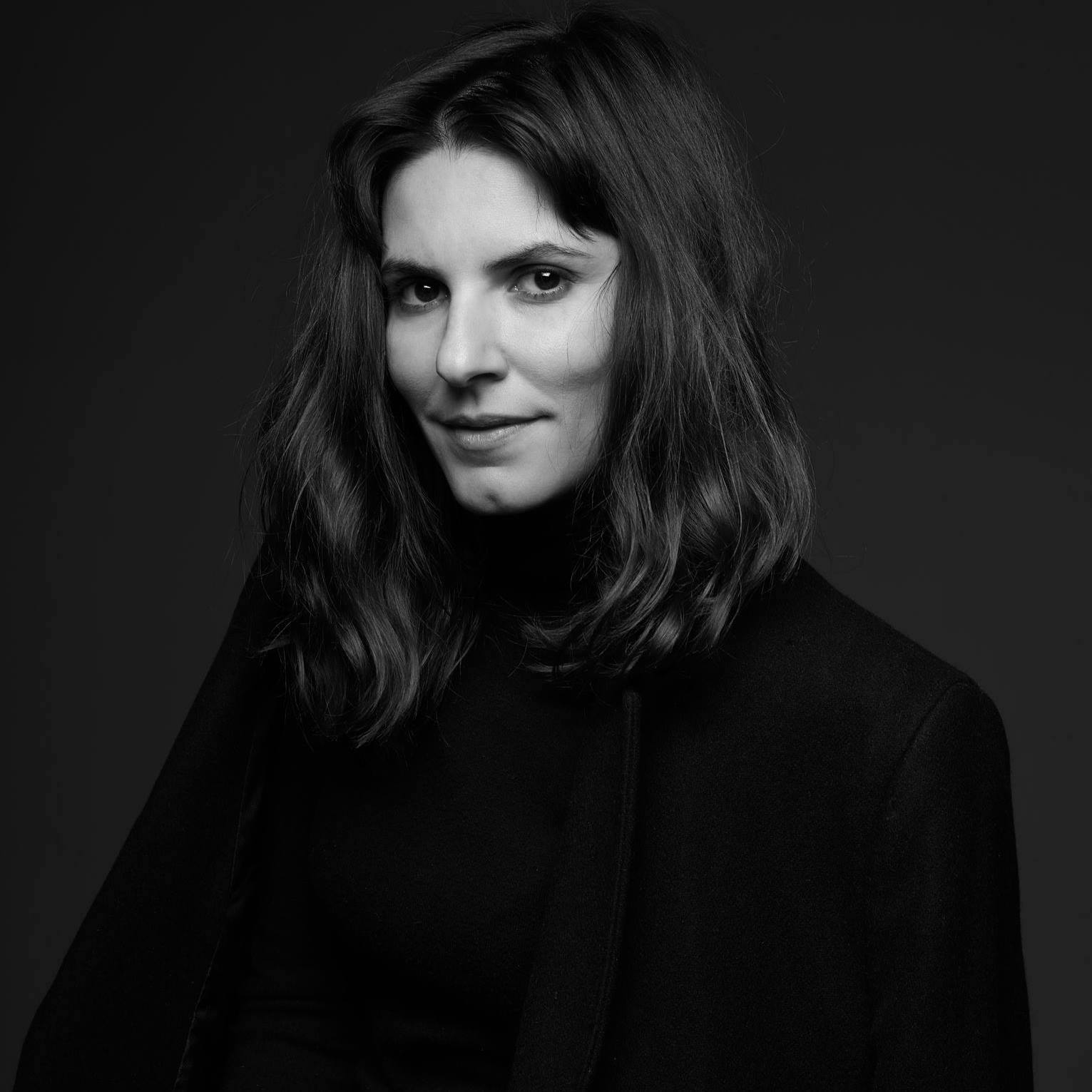
For artist and filmmaker Sharine Atif, creating films has been the ultimate act of healing and resisting. It is not just to tell a story, or to reflect a certain social circumstance, but to express alternate and possible realities that can inspire change.
Shining a long overdue spotlight on heroic Egyptian women, Sharine’s films capture the power that women can hold by reconnecting with their authentic selves. It brings to light the complexity of their emotions and lives that are marked by resilience, vulnerability, humanity, and strength.
Known for Jebel Banat (2018), winner of the Student Visionary Award at Tribeca Film Festival in 2019, and On Street Harassment with Nora Labib (also known as His Cucumber) (2015), Egyptian Streets spoke with Sharine Atif to know more about her story and journey as a filmmaker.
As an Egyptian-American, how did you grow up and how did you connect with Egypt overtime?
I was born to an Egyptian father and American Italian mother in New York City. When my parents divorced in early 90’s, I went to live with Neyna Safeya, my grandmother in Egypt, in Sabtiyyah Bulaq. A few years later, moved to Alexandria where I lived for 6 years, 3-years of secondary school and 3-years of high school, in public, Arabic language and girls only schools. Mostly stayed at home with our overly protective Neyna.
One of the only freedoms I had was to daydream and imagine myself having this adventurous life. But it was dictated by my father that my purpose in life was to finish university, get married and have kids. Not that I was against that, but I wanted to do so much more first and it seemed very far from happening.
In 2001, after graduating high school, was a turning point for me and I decided to leave my family and become independent. I hustled in Cairo for a few years at a language institute and worked in women’s wear and fashion. I sometimes modeled and did TV commercials. It was really rough. Coming from a background of gender segregation, being indoors, protected and oppressed, I was very naive, with no experience on how to deal with men especially. As a half American girl living alone, I was seen as pray to any scavenger in the concrete jungle of Cairo.
After a serious trauma, the Egyptian part of me had died and my USA passport gave me another life. I left to New York City in May 2004 with only $100. I had an American dream to start a whole new free life. I lived in NYC for 8 years and stayed disconnected from my Egyptian roots and anything Egyptian all together.
I reconciled with Egypt in 2012 in the time there was no president. I was not much interested or involved, or really understood what was happening, as it was all a just a backdrop for me. The plan was to stay for 3 weeks working on a documentary film funded by the IOM (International Organization for Migration) about Egyptian youth who illegally migrate to Italy by sea. The 3 weeks ended up being 3 months and my stay just kept extending.
I saw different faces of Egypt. A different side I have never been exposed to before. I was older, smarter, living in Zamalek, making good money and feeling very inspired by the way Egyptian people were speaking up and trying to influence change in the system. I witnessed a strong sense of will power. People who didn’t like their jobs quit. Women who were unhappily married got divorced. People who always wanted to live in Sinai made the move.
People started setting boundaries and standing up for themselves. And there was a booming in the art scene, graffiti, musicians, films, and all kinds of exhibitions pertaining to freedom of speech. It was a very inspiring time and I fell in love with Egypt all over again. Even after that phase was gone, and some may have felt defeated, for me, it was still alive in the people, and that’s what really counts.
Were you always creatively focused? Are there any artists in your family?
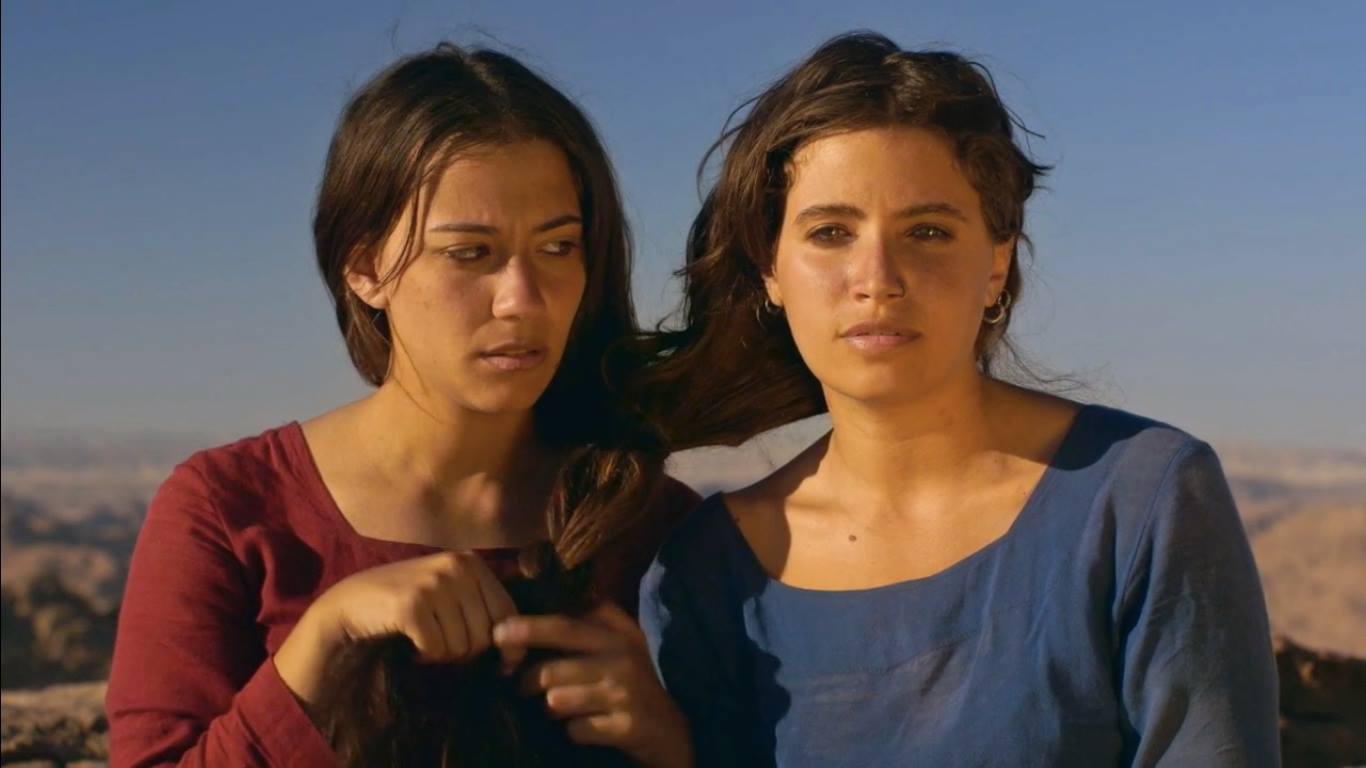
There were no creative professionals in my family that I know of. At first, I thought I wanted to be a fashion designer and my dream was to go to FIT, one of the top fashion schools in NYC where Calvin Klein and Donna Caren graduated from. I had some years of experience in Cairo working at European brand women’s wear, boutiques selling brands like Morgan, Oxygen.
I also felt it was a way to express my freedom through clothes and fashion. Coming from a background where I was told how to dress and forced to wear the hijab. My first Job in NYC was at the Giorgio Armani store in Manhattan. I was doing the visual design and part of the window display team. But later on. I did not feel I really belonged in the fashion industry with its attached pretentiousness.
When I started drawing in my art class at the Arabic public schools in Egypt, the only grades I got A+ in was art, but it was never included in the GPA nor taken seriously as a subject like all others. My mother loved to draw and always helped me with my art homework. She was my first real art teacher.
Years later, when I joined college in NYC, I was an undecided major for a while. When my mentor realized I kept getting A+ in all my art classes, she advised me to become an Art major, and it was from here when the pandora box of “expressing with art” exploded.
As a Fine Arts Major. I started exploring contemporary art, art installation and mixed media. I took film photography courses and developed my own photos in the dark room. I’d create a series of images that when put together, told a story. I started experimenting with sculpture, live performance, dance, and interactive art, as well as video art to tell stories. The stories always came from my life experience. At the time, I was exploring with so many tools to tell stories. Film found me and it ended up being the tool I chose to use to express.
At what age did you begin to see film and film making as a way of expression?
One of the only activities I engaged in growing up as a child was watching TV, and especially Walt Disney cartoons, such as The Little Mermaid, Aladdin, etc… ones I most related to where the princesses want to become independent of their fathers and venture out into the world. These rebellious princesses subconsciously planted a seed inside me. American films inspired me too, when I’d see young teenage girls traveling or studying abroad, learning how to swim or play a musical instrument.
Even Egyptian films from the golden era such as Ana Hurra and El Maseer by Youssef Chahine were relatable on so many levels. I also had the honor to be on Youssef Chahine’s film set for Alexandria New York as an extra/actress for a whole month in 2002-2003 before flying to New York. There was something about the energy of being on a set with such a genius that gave me this whimsical feeling. I didn’t understand it at the time. But that was another seed planted inside me “the magic of cinema”.
My mother had given me her family’s contacts, full names, and date of birth in 2004 when I left to New York asking me to find them so that I am not alone and on my own.
They’ve been out of reach for over 13+ years. I thought trying to find them would be nearly impossible. My mother died a year later in 2005 and still, I had kept the notes with her family’s info in my draw. Two years later, in 2006, I watched this French film called Amelie that inspired me to finally take action and look for my mother’s family. It was so easy. I found them in less than 20 minutes. I realized how powerful a film can be, inspiring someone to take action.
But I was not sure I wanted to change my discipline a third time… From fashion to fine arts and now film. I was hesitant. During my last semester at university, I was 28 credits short from graduating with a BFA in Fine Arts. My advisor suggested I double major in film, since the film program was exactly 28 credits. I thought that was a sign. So I double majored and started studying cinema in 2009. But the 28 credit program was very limiting in terms of technical skills and how to manage a film set.
My films are in short form by choice because it allows me to write the scripts myself, produce, direct and edit. At the beginning, I thought is was just temporary to later on start making full length features.
But I prefer short form and went on making many shorts, starting with an online video series called ‘A Way Out Video Series’ featuring Egyptian women sharing their stories of defiance. It was in 2012-2013 when I started this project and discovered I still need to learn more about how to direct and manage things professionally on a film set. So in 2013, I applied to a few graduate schools, and got accepted at California Institute of the Arts (the school founded by Walt Disney) to a 3-year Masters program in Film Directing.
As you watched various Egyptian films, did you find that your role can fill a gap that is lacking in terms of creativity and artistry? And what is that gap that you are willing to fill in?
Most films I’ve seen highlight the oppressed woman who has no way out. That’s how it is perceived in the West. Arab, Muslim, or Middle Eastern women from third world counties are victims and oppressed. I did not see many strong female characters represented enough – ones who are assertive and stand up for themselves or embrace their true nature.
At first, the stories and themes I wanted to express came from an impulsive place of anger. I was becoming an angry activist. Through this long painful journey, it later on changed and transformed. Instead of focusing on the heroic woman playing the victim to the oppressive villain, I started to focus on highlighting the empowered woman who stands up for herself.
I wanted to show how they were able to overcome oppression and perhaps inspire other women to do the same. I wanted to create a world where women do as they pleased and practiced their birthright as humans. Perhaps somehow it would manifest in the real world for some women. They usually say that the stories in films are reflections of the real world, but it can go the other way around too. Sometimes a film can inspire change we want to see in a sometimes unfair world. Now I like to think of myself as an Artivist (Artist/ activist).
Growing up watching Disney and then later being in a school founded by Walt Disney, I have become obsessed with live VFX and want to shift to this style of filmmaking. Especially since we don’t really have many filmmakers in Egypt exploring this type of filmmaking, except for Marawan Hamed’s Blue Elephant and most recently Amr Salama’s Paranormal on Netflix. Live VFX cinema feels quite intimidating, because it’s very time consuming, expensive and requires a certain type of attention to detail for it to be believable and be done right.
I’ve decided to roll up my sleeves and not let my fears stop me. I wrote a synopsis for a film titled “THE SAGA OF THE NILE BRIDE MERMAID’‘ and I’m really excited about starting to develop this film sometime at the end of this year.
Were there any particular Egyptian films or film makers that you admired and got inspired by their approach?
Youssef Chahine is by far one of the filmmakers I highly respect and admire. Studying him and learning his journey is inspiring. The different phases of his approach to cinema, how they’ve developed and changed over the years is exceptional. He made a film almost every year, and sometimes twice a year. I really adore his passion, devotion and playfulness in the films he made.
He has a diverse range in the type of cinema he made; starting from the black and white films during the Golden era, later on shifted to more social issues of the time as a reflection in his films, like Cairo Station. After that his trilogy and Alexandria New York, where he uses himself as a reference in cinema. I wrote a 20-page thesis on Youssef Chahine when doing my Masters and it was one of my most enjoyable research academic paper studies I have done being someone who hates writing papers.
When did you first conceive of the idea of Jebel Banat? And why did you choose Bedouin women in particular as a lens of focus?
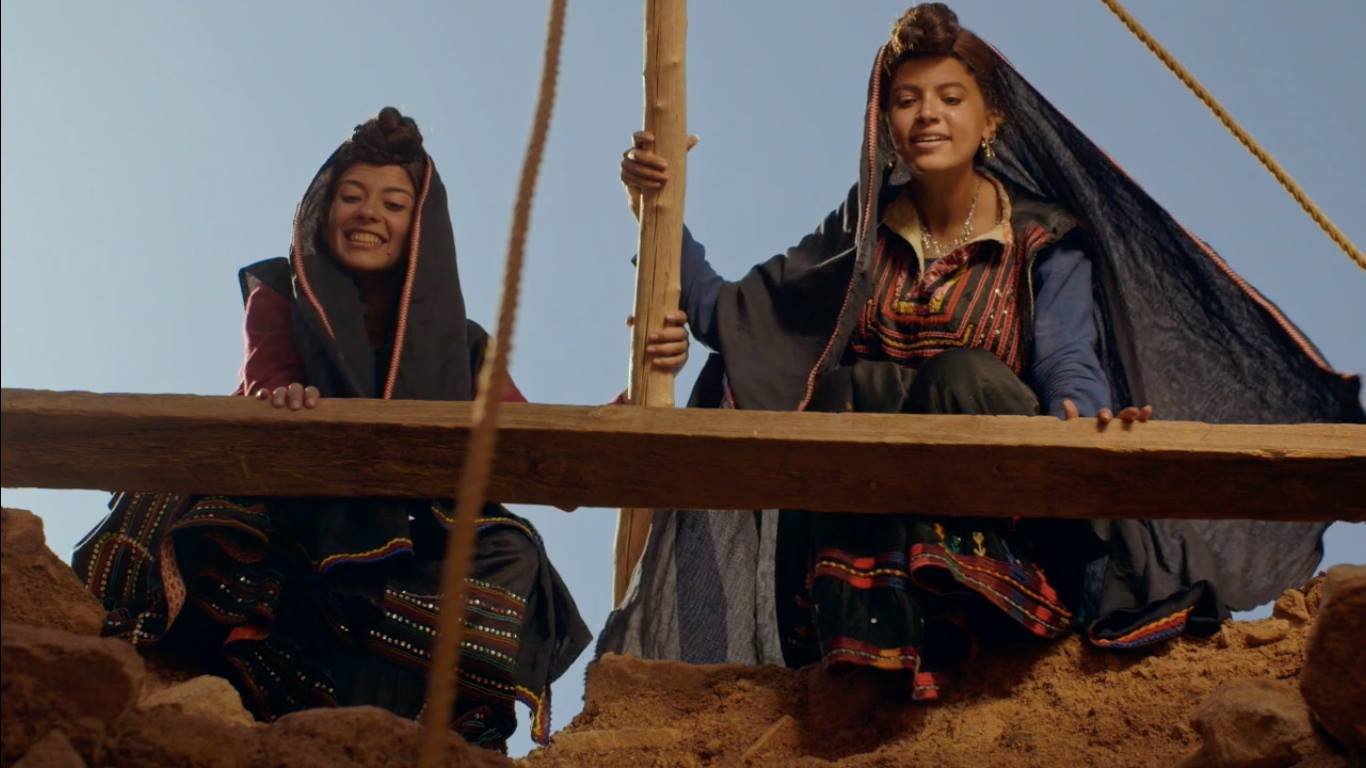
I used to go to Saint Catherine from time to time to climb mountains. It was a way of escaping the noisy hustle and bustle of Cairo. It brought me peace and boosted my energy. After almost hiking all the popular mountains, like Moses, St. Katherine, Abbas, Bab El Dunya. In 2012, my Bedouin guide suggested a new mountain to climb and the most challenging one known for its steep height. It was Jebel Banat. I was very curious about the name and asked him why it was called Girls Mountain, and that’s when he told me about the legend.
When I heard that in the 1800’s two sisters escaped forced marriage, I was very curious to learn more about what it was that scared them about marriage. How did they get married back then? And how did these women have the courage to leave their home, especially in that era.
I felt there were many similar cultural aspects but even Egyptians in Cairo are not much aware on Bedouin culture and the breathtaking landscape. Four years later in 2016, I decided to actually shoot it for my theses film at CalArts.
Are there any themes in Jebel Banat that resonate with you at a personal level as an Egyptian woman? And how can it resonate with other women as well?
What I have in common with Bedouin women in that era, is the nomadic life-style they had. Bedouins back then lived in tents very minimal for having to always move their home base depending on the weather. I too, growing up as a child, never had a home base or permeant residence.
We always moved from place to place, city to city, country to country, from one rented apartment to another, constantly feeling displaced. Even till now, I don’t have one place I call home. Being displaced has become my home. And I see this as a blessing, not being anchored to one place gives me the freedom to pack my bag and go anywhere, anytime.
Another thing we share in common is the culture and traditions. Women are to stay at their families house till marriage, and an arranged marriage. Something I relate to in my own life with my father who is originally from Upper Egypt. But just like them, we both left that behind.
Jebel Banat, it’s the retelling of a melancholic 19th century Egyptian legend about two Bedouin sisters escaping forced marriages. So generally speaking, when we remove the specifics, it’s about two humans in a certain place and time who escape something they are forced to do. I believe we can all agree that this happens to anyone or everyone at some point and not just women, but even men, at any place and in any era.
Have you found the process of finding work as a woman filmmaker easy or difficult?
I can’t speak for all women, some might be more lucky than others, exposed to networks more than others, or work harder than others, but speaking for myself, yes, it’s hard. Especially when making short independent films is not your source of income, on the contrary, I need to source funding for them. I found a way to survive. I’ve been told to be a Jill of all trades, which might be misunderstood and in some cases make employers hesitant about hiring me without being certain of my actual profession, because the rest of that slogan says: “a master at none”.
It can seem I’m changing too many hats of different disciplines, and yes, maybe that’s why I take time making my films, since it’s not my only focus because I also need to make money.
But if you really come to think of it, it’s all the same trade, it’s all about storytelling. And I am not in any race. I do what I do because I enjoy it and I always remind myself it is supposed to be fun.
I sometimes act in other filmmakers’ short film projects, and/or model in TV commercials. Most recent short film I participated in as an actress is called Strawberry directed by Manal Saad, made its national premier this year at the Aswan International Women Film Festival 2021. Most recent TV advertisement was for a women’s health campaign by the Ministry of Health in Egypt called مليون صحة 100.
I also do videography using my iPhone 12Pro and just purchased the iSteady mobile handheld stabilizing gimbal to use when on shoots. I’m usually hired as a “one gal show” meaning I create the video content from beginning to end. I script, shoot, direct and edit short videos for clients who need video content for online social media and mobile applications.
Currently, I’m working with Plant B TV, which is Bassem Youssef’s Plant based food platform. We will be launching a video series of amazing recipes that I served as videographer and now as editor. I’m also the Communications Manager for this new and promising online platform called The Indie Deer, a hub bridging the gap between scriptwriters and producers in Egypt.
And do you think that the creative landscape is getting better for female filmmakers?
Yes. Ayten Amin’s film Souad went to Cannes among many other prestigious international film festivals, Nada Riyadh’s film The Trap also went to Cannes before that and the list of successful Egyptian women filmmakers are growing immensely.
Do you feel that your work is important in starting a better understanding of Egyptian cultural identity?
To a certain extent. Yes. I’d say there are so many layers within Egyptian culture. Different traditions that may vary depending where in Egypt women come from, what community? And how they differ in terms of upbringing, socio-economic background, and lifestyle. My work does not represent all women in Egypt, but my aim is to shed a light on a certain type of woman in Egypt that others outside of Egypt, or even from within, may have not seen or been exposed to.
Can you give me a brief on other future projects you are excited about?
In addition to the film project I mentioned above, THE SAGA OF THE NILE BRIDE MERMAID, I’m currently working on a low/no budget short film in post-production called Have A Nice Day, a short film about an Egyptian couple living together in New York City, who argue over lunch, when one of them learn the food is from an Israeli owned restaurant.
Through funding on IndieGogo (an online crowdfunding platform), we shot the film in Cairo last November and now I’m in NYC doing the sound design given its a New York City soundscape. I’m very fortunate to have a co-producer such as Divine Touch Productions who are offering post-production services, amongst many creatives who all crewed with no pay to make this film happen. Especially my two actors Heba El-Dessouky and Ahmed El-Hennawi whom I’ve had the pleasure of working with on character building for a whole two months before production.
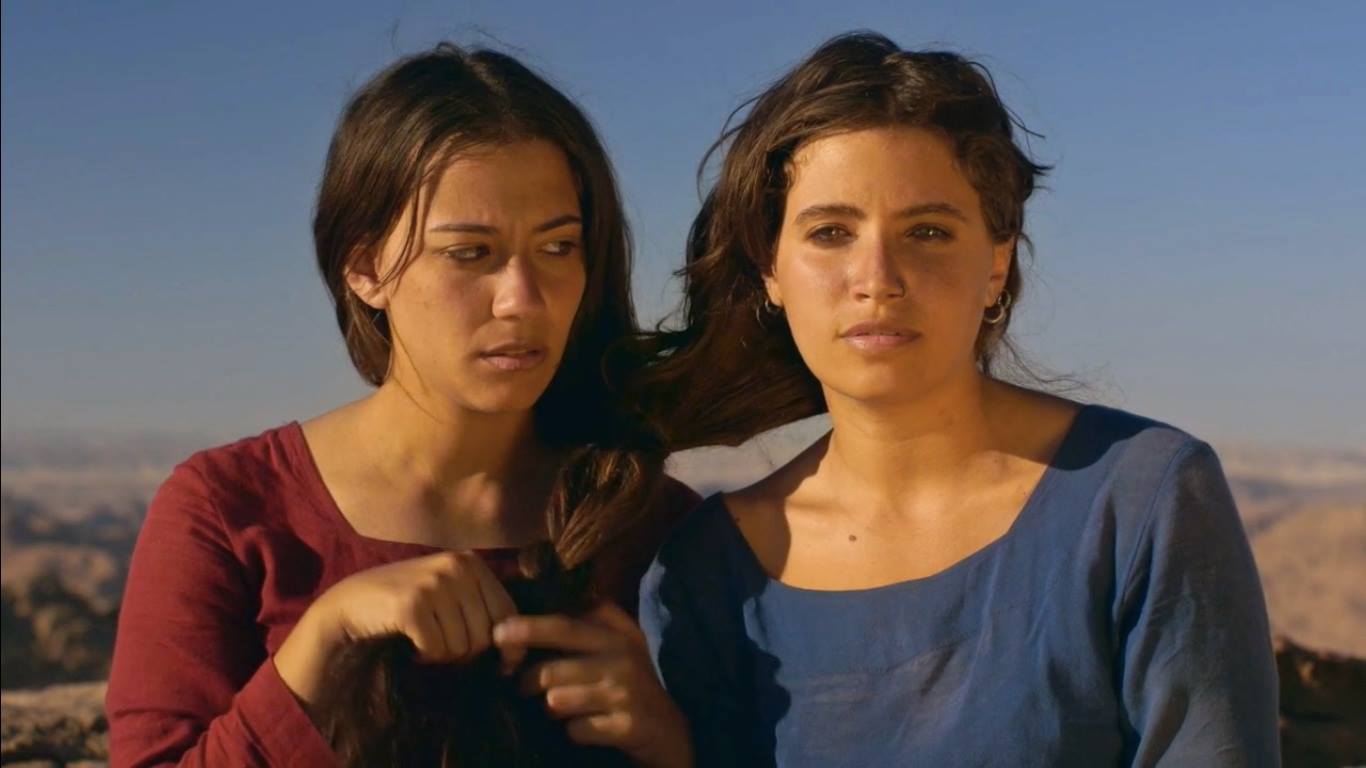



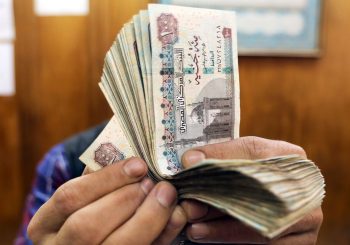

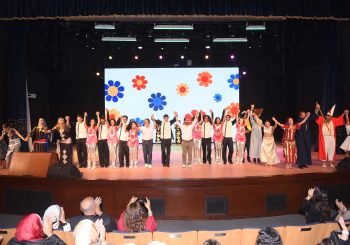
Comments (3)
[…] ‘I want to create a world where women do what they want’: Egyptian-American filmmaker Sh… […]
[…] Source link […]